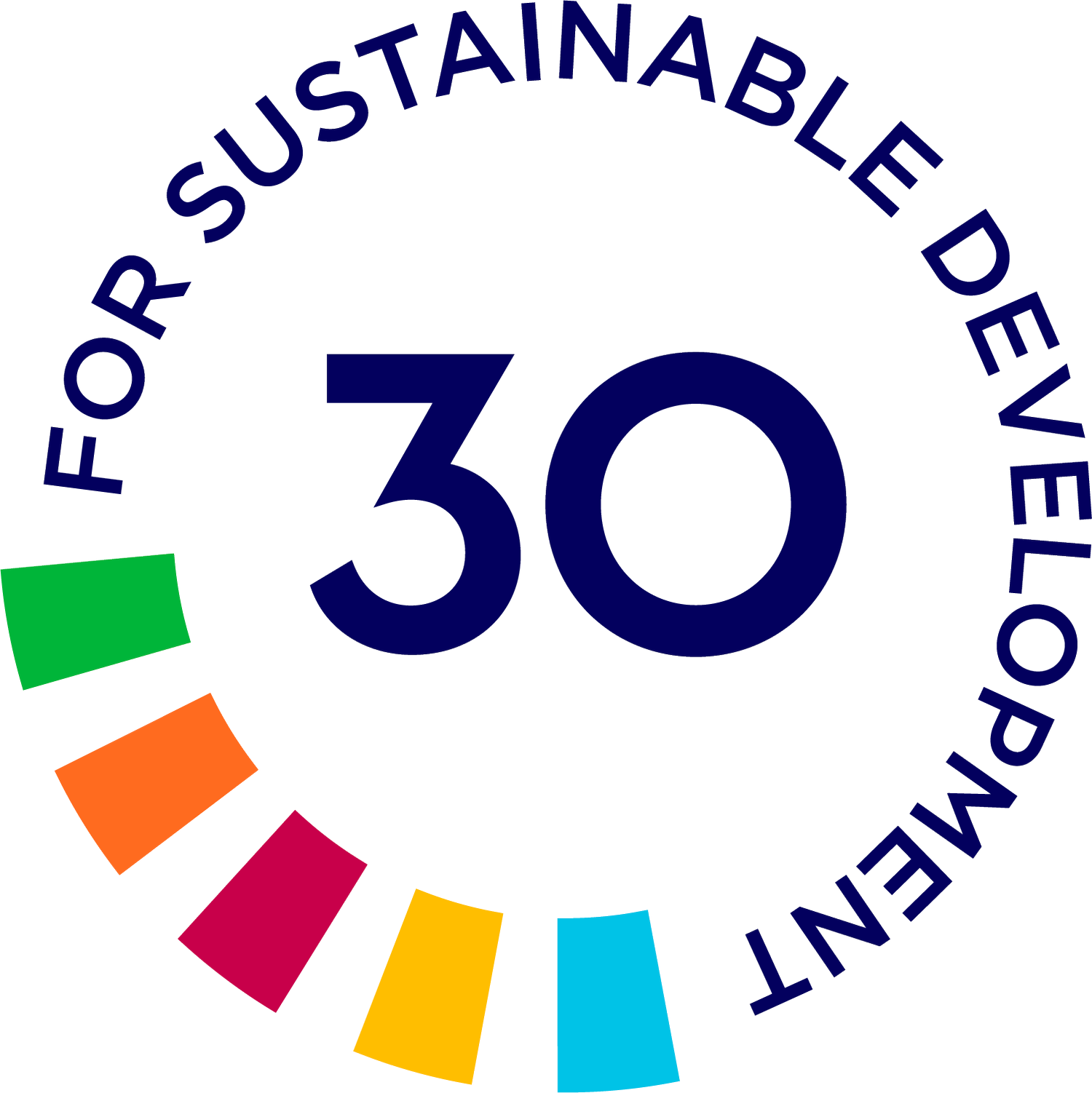The Sustainable Development Goals
Earth / Rio Summit 1992
What Is Sustainable Development?
In 1992, at the United Nations Conference on Environment and Development (also called the Earth Summit or the Rio Summit), world leaders put the concept of Sustainable Development on the map. Principle 3 stated that
The right to development must be fulfilled so as to equitably meet developmental and environmental needs of present and future generations.
Therefore sustainable development meets the needs of the present without compromising the needs of future generations.
The idea of sustainable development is multidimensional, and tackles the interdependencies among the SDGs with the goal of transforming our world for the better.
Global negotiations
In 2014, the President of the UN General Assembly appointed Ireland’s UN Ambassador in New York, David Donoghue, and his Kenyan counterpart, Machiara Kamau, to lead negotiations between world governments on a new set of goals to follow the Millennium Development Goals ( MDGs) which were due to expire at the end of 2015.
The new goals were called the 'Sustainable Development Goals', or SDGs. In September of 2015 at the UN in New York, Ireland, along with 192 other countries, signed up to adopt the 2030 Agenda for Sustainable Development.
The goals aim to mobilize global efforts to end poverty, foster peace, safeguard the rights and dignity of all people, and protect the planet.
Ambassador Donoghue and Ambassador Macharia Kamau
The 2030 Agenda is strongly supported by the Addis Ababa Action Agenda which was also agreed in 2015. It was agreed at the third ‘Financing for Development conference.
This Agenda establishes a strong foundation to support the implementation of the 2030 Agenda for Sustainable Development. It provides a new global framework for financing sustainable development by aligning all financing flows and policies with economic, social and environmental priorities.
The Agenda has over 100 concrete actions which span areas such as technology, infrastructure, social protection, health, taxation, support of small and medium-sized businesses, aid, and climate change.
The Sustainable Development Goals
In September 2015, the 193 UN member states unanimously adopted the 2030 Agenda for sustainable development, a global commitment to navigate humanity towards greater wellbeing and to forge a new relationship between sustainability and development. This global agenda unfolded in a novel institutional setting with a high level of participation. Its decade-long elaboration process involved several stakeholders: non-governmental organisations, private-sector entities and local authorities in various frameworks. In sum, more than a million people shared their views on the new global development agenda.
The resulting charter set interconnected and indivisible goals, the 17 Sustainable Development Goals (SDGs), each with a series of 169 specific targets to be attained by 2030.
The goals balance the economic, social and environmental dimensions of sustainable development, providing a holistic vision for the wellbeing of people and the planet, and placing equality and resilience at the core. They provide the only universally agreed and universally applicable framework for global evidence-based policy-making in this crucial decade - the Decade of Action.
The 5 P’s of Sustainable development
Embedded Sustainable Development
The SDG ‘Wedding Cake’. Credit: Azote for Stockholm Resilience Centre, Stockholm University (CC BY 4.0)
The 2030 Agenda for Sustainable Development is the basis of the SDGs and represents a shared global vision. The five dimensions of the 2030 Agenda—Prosperity, People, Planet, Peace, and Partnerships (The 5 P’s)—articulate the scope of this vision. This is an ambitious, systems-level approach to solve extreme global poverty, inequality, and climate change by 2030. At its heart is the principle of leaving no one behind.
The 5 P’s inform development policy and how work is ideally done. Work needs to account for the social, economic, and environmental consequences it generates. And actions need to be carried out in partnership with appropriate means of implementation to tackle problems in a holistic and integrated way. These problems are complex and require multidimensional solutions.
